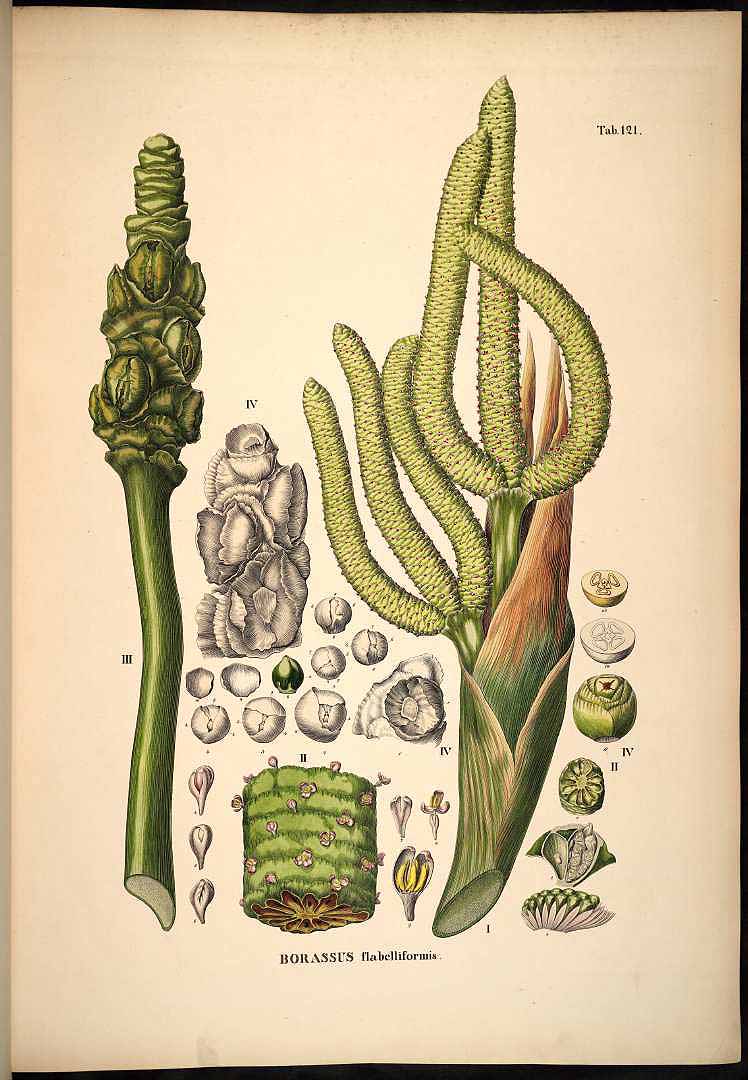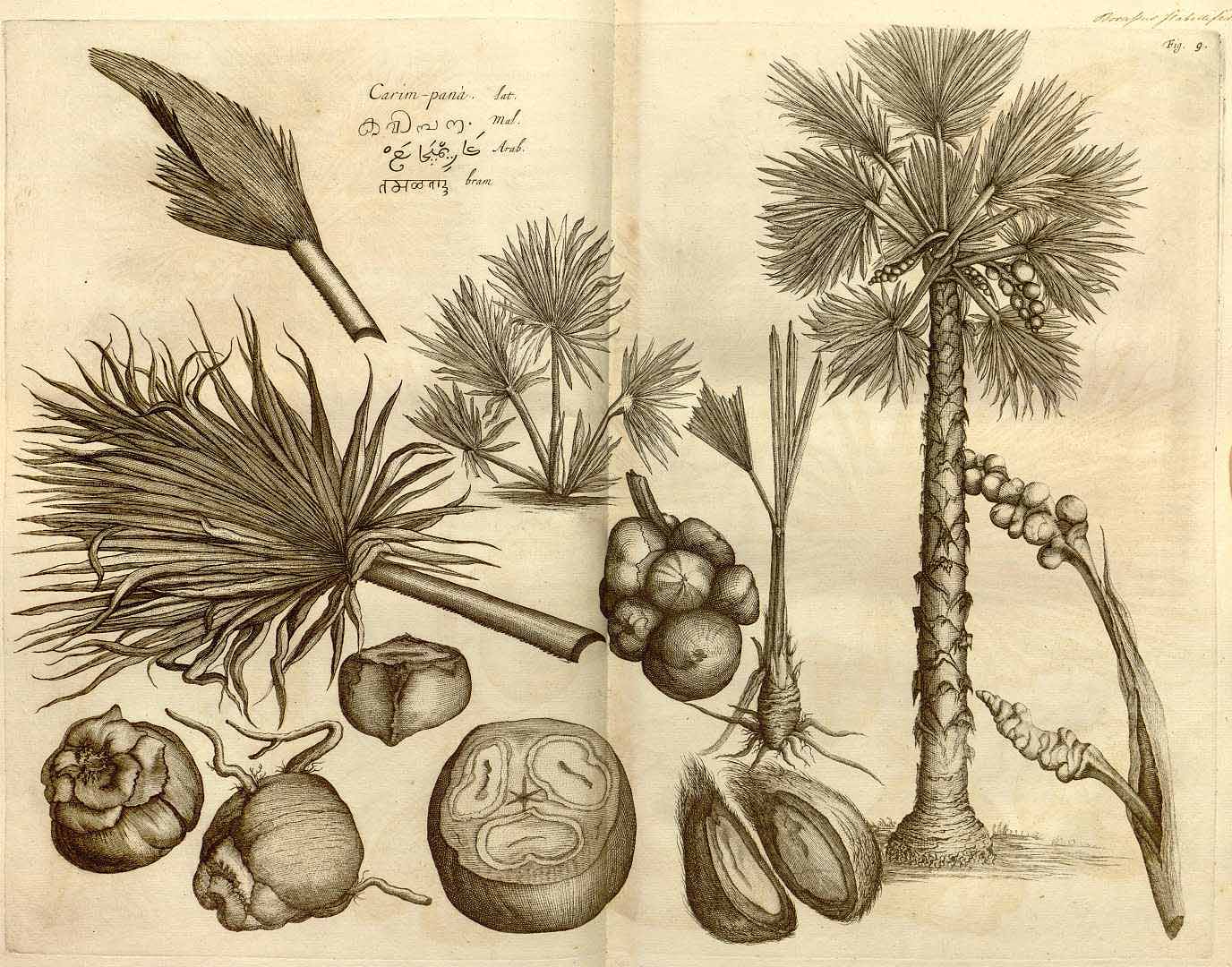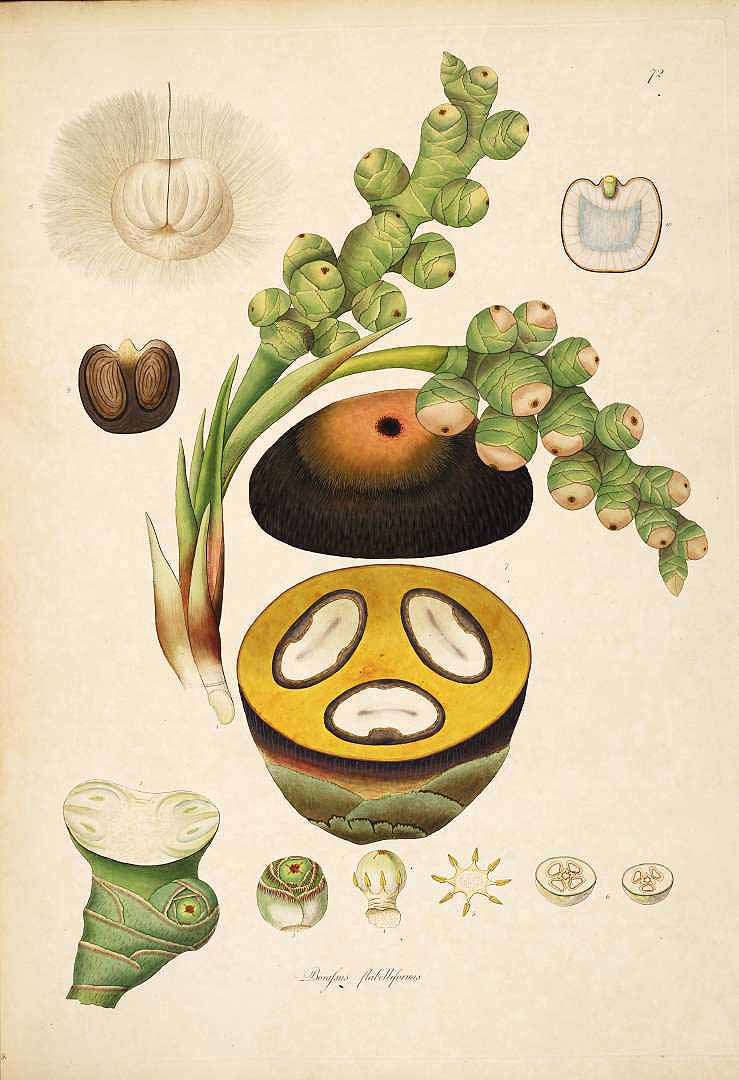! Nouveau site ici !
Vita > Plantae > Magnoliophyta > Liliopsida > Arecales >
Arecaceae > Borassus
Borassus flabellifer
(Palmier de palmyre)



 | ****
| ****
Vita > Plantae > Magnoliophyta > Liliopsida > Arecales >
Arecaceae > Borassus
Borassus flabellifer
(Palmier de palmyre)

Un petit palmier à feuilles persistantes. Il atteint 10-20 m de haut. Il peut mesurer 40 m de haut. Il s'étend sur 5 m de diamètre. La tige est robuste et peut mesurer 1 m de diamètre. Il est souvent enflé... (traduction automatique)
→suite
⬀
Le  donne accès au menu
donne accès au menu (c'est votre point de repère) 😊 ;
En dessous vous avez la classification, à partir de la vie (Vita, premier rang) jusqu'à la classe au dessus de la plante, dont vous trouvez ensuite le nom scientifique/botanique (latin) puis le nom commun (français), le cas échéant ;
C'est aussi un lien vers la fiche complète (tout comme la ✖, en bas à droite, et le +, en dessous de la description) ;
Vient alors l'illustration (ou ce qui la remplace, en attendant), la comestibilité :
Et en bas
⬂







